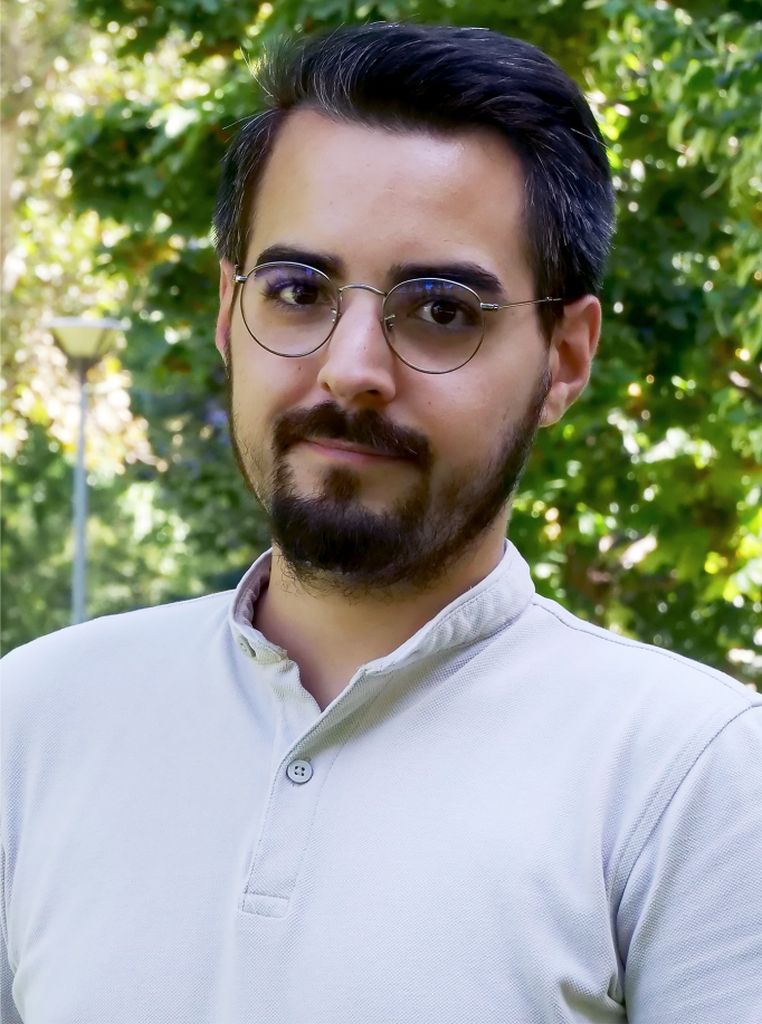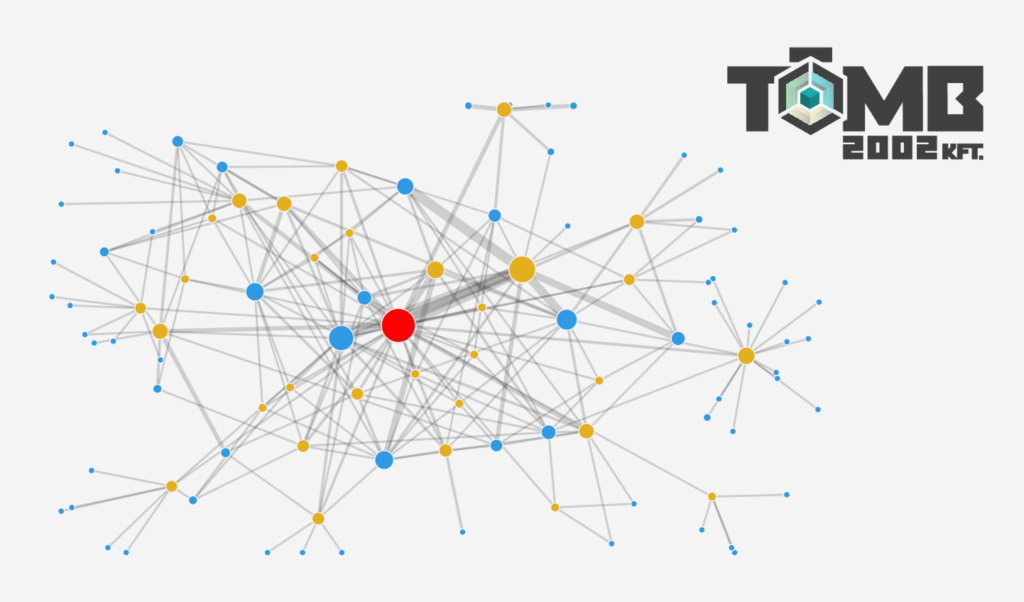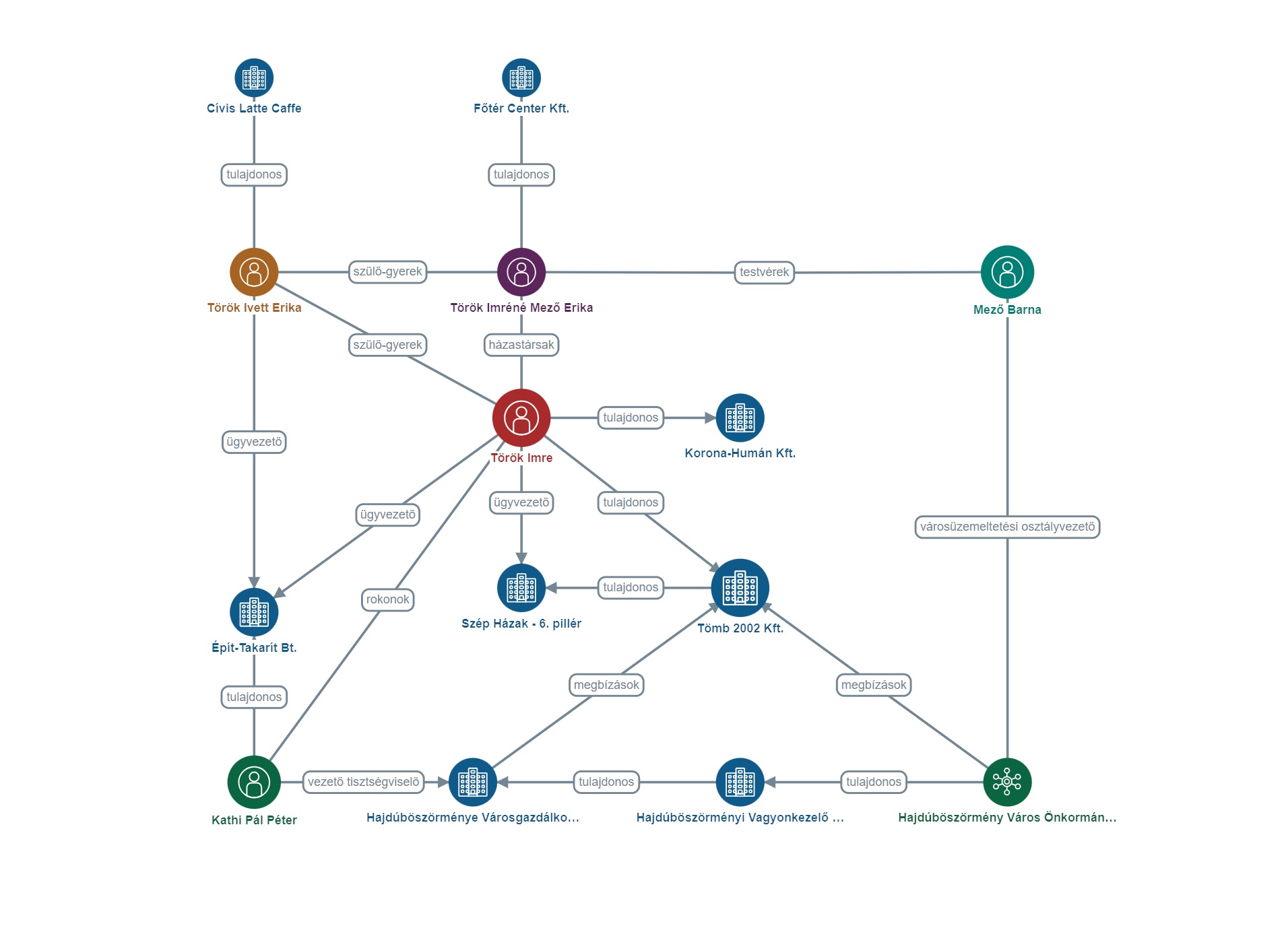The https://english.atlatszo.hu use cookies to track and profile customers such as action tags and pixel tracking on our website to assist our marketing. On our website we use technical, analytical, marketing and preference cookies. These are necessary for our site to work properly and to give us inforamation about how our site is used. See Cookies Policy
This is what systemic corruption looks like: a company wins almost every tender it enters
We have examined several hundred public procurement procedures, including 58 restricted tenders, which were won by the same company, Tömb 2002 Kft. During the analysis, we identified the same patterns over and over again: the same companies consistently appeared as competitors, the procurement consultant was often the same, and the company won almost all tenders, which they attended. We are reporting these cases of alleged corruption to the Public Procurement Authority and the Integrity Authority.
With the use of the public database of Hungary’s e-procurement system (EKR) we conducted a detailed professional and statistical analysis of 446 public procurement procedures won by Tömb 2002 Kft. The discovery of patterns was greatly assisted by the new search function of the EKR. This feature was added to the system upon the request of the European Commission within the framework of the rule of law procedure, allowing us to identify the companies that won the most restricted procurement procedures. This investigation was supplemented with several requests for data of public interest, and also information from independent local sources. This extensive investigation took almost half a year, and resulted in one of the most in-depth analyses of corruption phenomena in Hungarian public procurement.

Restricted procedure – a hotbed for corruption
According to Article 115 of the Public Procurement Act of Hungary, the public buyer is entitled to exclude open competition in case of procuring public works, when the estimated value of the construction does not exceed 300 million HUF (app. 800.000 EUR). In this case the buyer may appoint at least 5 companies, and only those will compete for the public contract. There is a so-called restricted procedure in the European public procurement directive as well, but that one starts with a prequalification phase, which is publicly advertised for all companies.
This special form of hungarian restricted tendering, by its nature, present the opportunity for the buyer to agree in advance with a selected company, after which the pre-appointed winner “brings” the other invitees, who will obviously produce losing bids during the procurement process.
Because of the frequent irregularities, an amendment of the Public Procurement Act phased out this type of tendering in 2021, but only when EU funding is involved in the procurement. More, than half of the examined restricted tenders were conducted before this date, and 16 of them were financed by the EU.
The signs of bid-rigging
The first and most important sign, that genuine competition did not take place in these tenders, is that Tömb 2002 typically won them against the same companies.
We can also see that various state-owned and municipal organizations repeatedly invited the same companies, even though these companies never submitted a better offer than Tömb 2002, or in some cases, they didn’t submit an offer at all.
This pattern is evident across different levels of the state and municipal organization system, including local governments, education offices, universities, dioceses, government offices, and even courts.
In an ideal scenario, where we assume that the contracting authorities conduct market research to identify the most suitable companies for the task, and where the invited companies genuinely compete to win these public procurements, mathematically, Tömb 2002 would have had a minimal chance of being invited to bid 58 times in a row, let alone winning each of them.
We have visualized the networks of restricted tenders won by Tömb 2002 in the diagram below. The contracting authorities are represented by the yellow nodes, the invited companies by the blue nodes, and Tömb 2002 can be seen as a red node at the center of the “spiderweb”.
We also requested clarification from some of the buyers about why they chose these specific companies, and most of them replied, that they relied on their previous contractors and “companies they knew and trusted”.
The second factor, that indicated the collusion between the buyer and the winning tenderer, is the remarkably low difference between the previously estimated value of the tender and the winning bid. Among the examined 58 restricted public procurements, we found 20 tenders where the winning bid differed by less than 2 percent from the estimated value specified by the buyer, while in five instances, Tömb 2002 precisely hit the estimated value.
It can be also considered as a red flag indicator, since the estimated value of the tender was not published in any of the tender documents, so there was no way Tömb 2002 would know the exact number before the bidding deadline. When also taking Tömb 2002’s open tenders into account, this indicator shows a strong correlation with the number of the submitted bids: the fewer bidders there were in an open public procurement, the closer Tömb 2002’s bid was to the final price.
Thirdly, we also found, that the majority of the tenders were conducted by the same external procurement consultants. Also 18 out of 58 restricted tenders were administered by one specific consultant, Orsolya Berecz.
The mechanism uncovered in the above context appeared to function similarly among seemingly independent actors at various levels of government administration, raising the possibility that they are conducting their activities based on centrally coordinated political “guidance”, in order to serve the interests of a specific private company.
Remarkable success rate
Despite the above, it was possible that we only examined a small portion of the whole picture, and there could be more tenders to which Tömb 2002 was invited but didn’t win. In that case, the story might not be particularly unusual.
We found however, that Tömb participated in every tender to which they were invited and won most of them. The company took part in a total of 79 restricted procedures, winning 58 of them and losing only 21. This represents a success rate of 73 percent. However, there were public buyers for whom the company achieved a 100% success rate, meaning they won every restricted procedure they were invited to participate in.
The diagram shows the percentage ratio of the examined contracting authorities and the tenders they won.
Open tenders won by Tömb 2002
In addition to examining restricted procurements, it’s worth taking a look at those tenders that theoretically any company could participate in.
Looking at the main statistical data, Tömb 2002 participated in a total of 896 public procurement procedures, of which 446 were declared as winners, resulting in the signing of 522 contracts (some procedures were divided into lots). This number includes the 58 contracts won in restricted tenders. Nevertheless, it can be stated that the company also wins open public procurements at a significant rate, but 71 of these were won without any competing bids, with Tömb 2002 being the sole participant.
It is worth mentioning that in 74 public procurement cases where two bids were submitted, alongside Tömb 2002, familiar companies from restricted procedures (typically UNIVERSAL BAU’ 96 Kft. and GÉSZ-2000 Kft.) appear as bidders in over half of the cases. This may again indicate a lack of competition and possible sham bids.
Company background
Tömb 2002 Bt. was founded in 2002 in Hajdúböszörmény. The company primarily engaged in cleaning services, with the partners being Imre Török, Antalné Juhász and Mező Erika, the spouse of Barna Mező. After Fidesz took over the local authority of Hajdúböszörmény in 2006, Barna Mező held the position of Head of the City Development Department at the local municipality, and he was also the CEO of Hajdúszoboszló Industrial Park.
Tömb 2002 began its success story at the time, when the company secured numerous contracts at the municipality, and also the authorities of county Hajdú-Bihar. With a quick detour at the local goverment administration Mező returned to the local authority of Hajdúböszörmény, where he serves as head of City Development Department to this day.
In addition to different public entities across the county, Tömb 2002 Kft. was also awarded several contracts from the urban managment company of Hajdúböszörmény, which is headed by Pál Péter Kathi, who owns a cleaning company, which previously participated in a tender with Tömb 2002. The network of these complex relationships is visualized on the following chart.
No official investigation so far
The success story of Tömb 2002 in public procurements is indeed remarkable. However, it is almost unbelievable that out of the many contracts won, not a single one was challenged by the authorities. These procurements must have undergone inspections, as among the public procurement contracts concluded by Tömb 2002, there were 212 funded by the EU, which the relevant authorities are obliged to examine one by one.
We certainly attempt to draw the attention of the authorities to the allegations of corruption. Therefore, we have notified both the Integrity Authority and the Public Procurement Authority of our main findings, and also submitted all documents, that we have prepared during our investigation.
The more detailed Hungarian version of this story was written by Eszter Katus, data visualisation by Krisztián Szabó.



